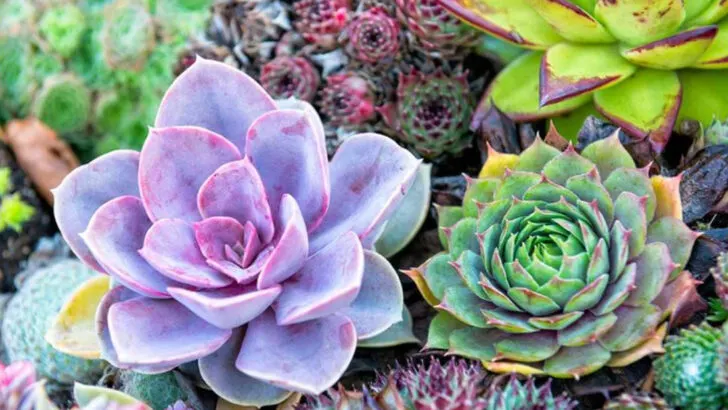Saving water in the garden doesn’t mean giving up on plants you love. It’s about choosing the right ones, those that can handle dry spells and still look good without needing constant attention. These drought-tolerant plants have a way of thriving when others might struggle, making them a smart pick for gardens that want to stay green without gulping down gallons of water.
Some are familiar favorites, while others might surprise you with their hardiness and charm. By focusing on plants that naturally cope with less moisture, you can create a garden that’s both beautiful and easier to care for, even when the weather gets tough.
Lavender
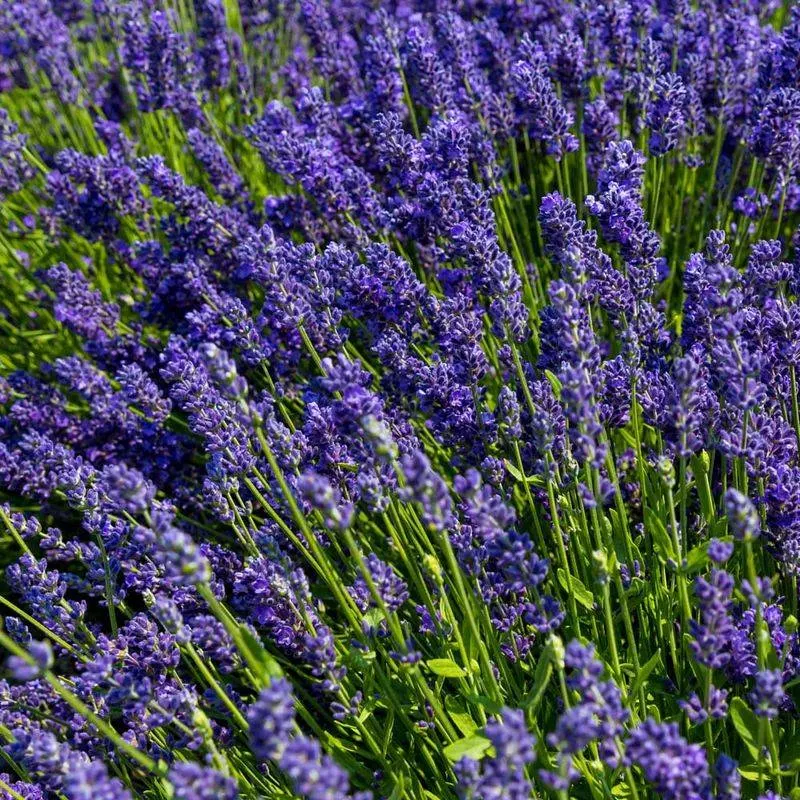
Known for its calming scent, lavender thrives in arid climates. It’s not just a plant; it’s an experience. The purple blooms create a serene atmosphere, inviting butterflies and bees. Plant it in well-draining soil, and watch it flourish under the sun’s warm embrace.
Lavender’s resilience in drought conditions makes it a staple in xeriscaping. Its silvery leaves add texture to any garden, providing a striking contrast against other greens. As a bonus, the scent acts as a natural pest deterrent, keeping your garden healthy and vibrant.
Succulents
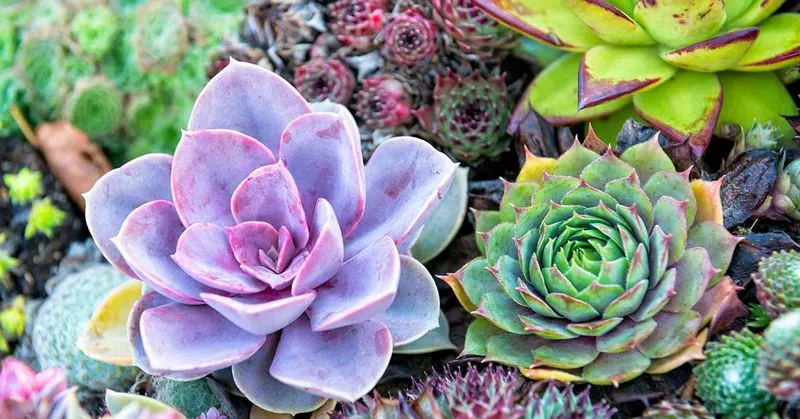
Succulents are the epitome of low-maintenance beauty. With their thick, water-retentive leaves, they thrive in dry environments. Whether in a pot or garden bed, these plants offer an array of colors and shapes. They’re perfect for those new to gardening.
Succulents are resilient, adaptable, and require minimal care. They store water in their leaves, allowing them to survive long periods without rainfall. This makes them ideal for water-wise gardens. Enjoy the playful aesthetic they bring, as they transform spaces into living art.
Agave
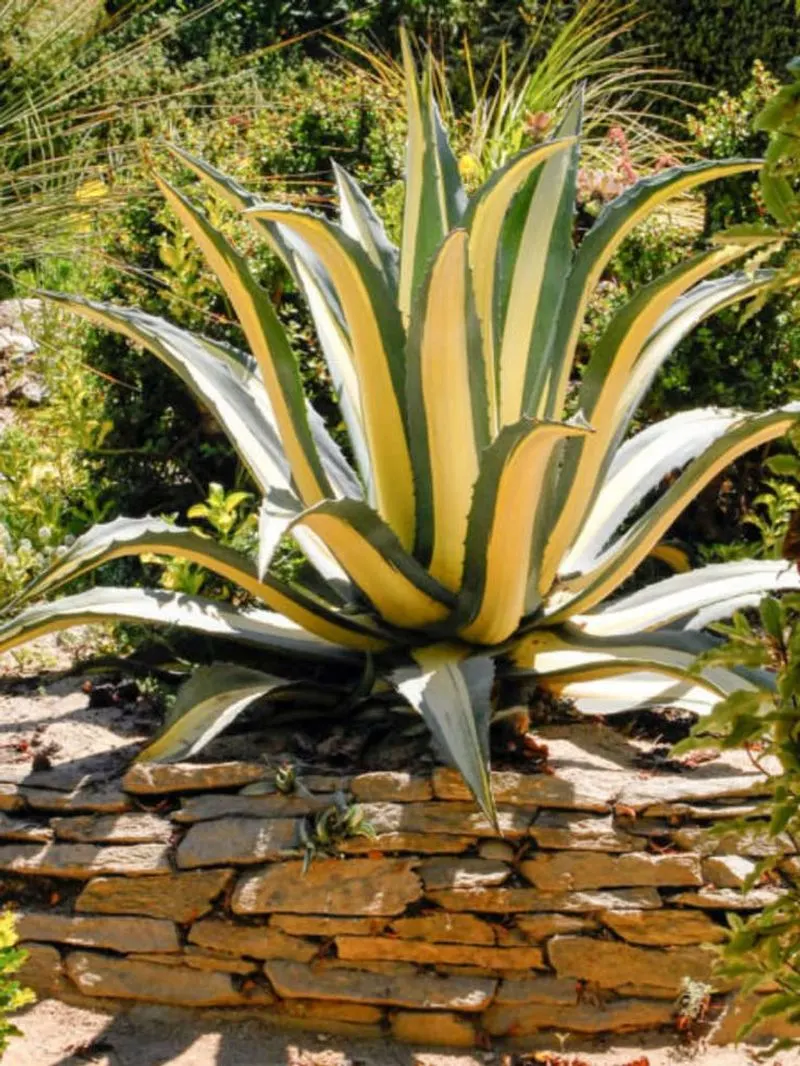
Agave plants are architectural marvels. Their striking form makes a bold statement in any garden. Known for their rosette shape and sharp leaves, they demand attention. Agave thrives in sunny spots and is highly drought-resistant.
These plants are not just about aesthetics; they’re practical too. With minimal water needs, agaves are perfect for sustainable gardening. They symbolize resilience and strength. Whether planted in groups or as solitary accents, agaves bring a touch of the exotic to your outdoor space.
Bougainvillea
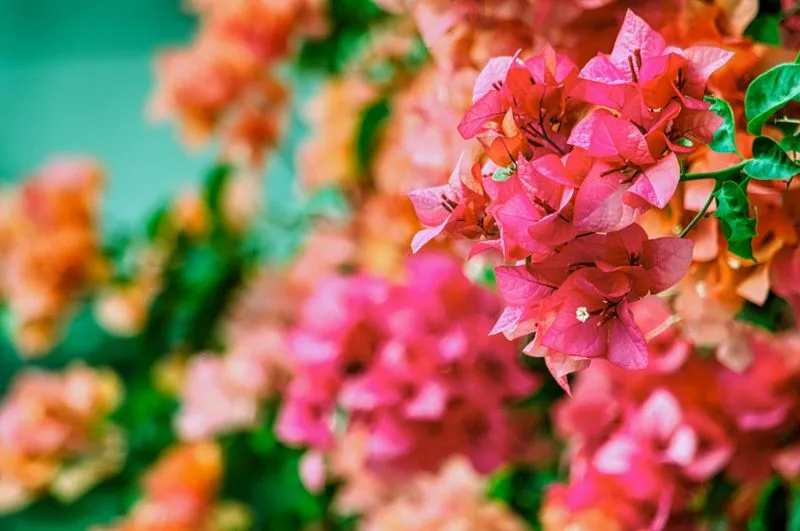
Bougainvillea is a vibrant addition to any garden. Its cascade of colorful bracts creates a stunning visual display. This tropical plant thrives in sunny conditions, needing little water once established. Its ability to withstand drought makes it a gardener’s favorite.
Known for its tenacity, bougainvillea can climb trellises or spill over walls, providing dramatic flair. The contrast between its bright colors and green foliage is breathtaking. It’s a perfect choice for adding a splash of color to water-wise gardens.
Rosemary
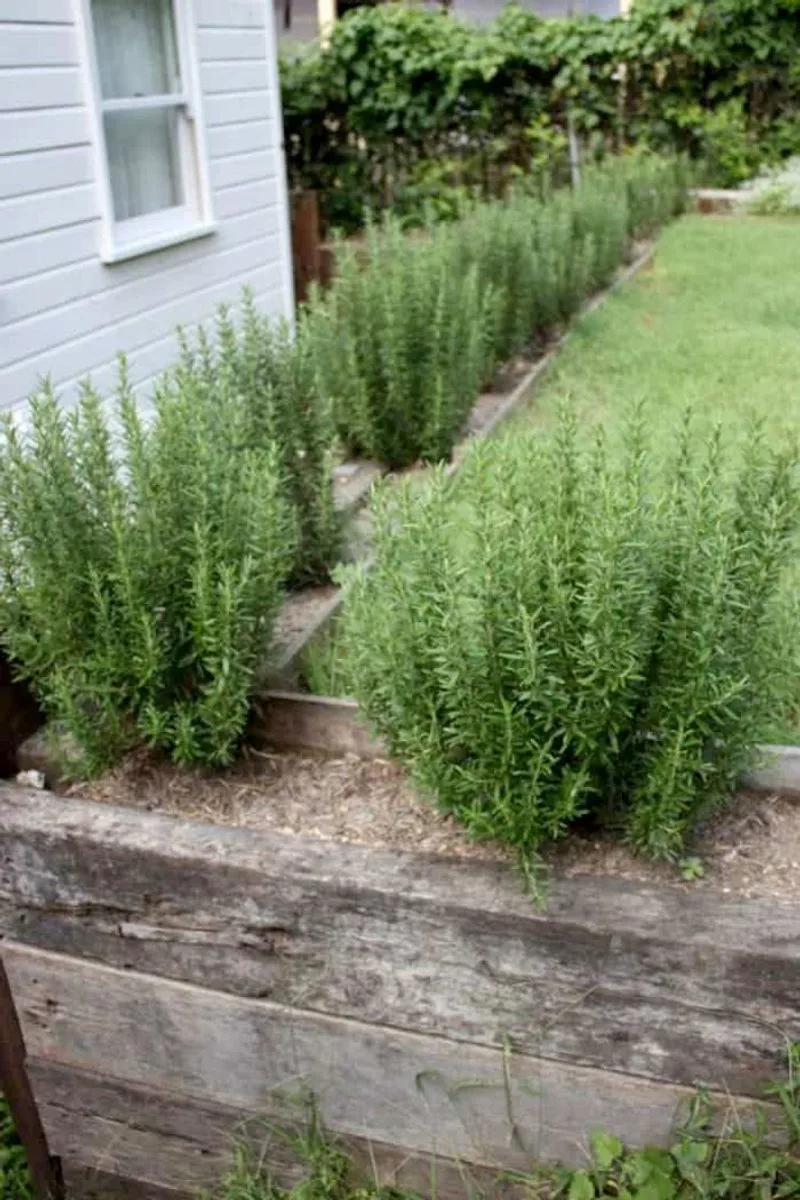
Rosemary is more than a culinary herb; it’s a garden staple. Known for its aromatic foliage, it thrives in dry, sunny areas. Rosemary is drought-tolerant and requires little maintenance, making it ideal for busy gardeners.
This plant’s evergreen nature provides year-round interest. The blue flowers attract pollinators, enhancing garden biodiversity. Rosemary’s versatility extends beyond the kitchen, offering visual and olfactory pleasures. It’s an essential part of any water-wise garden, blending beauty with functionality.
Yarrow
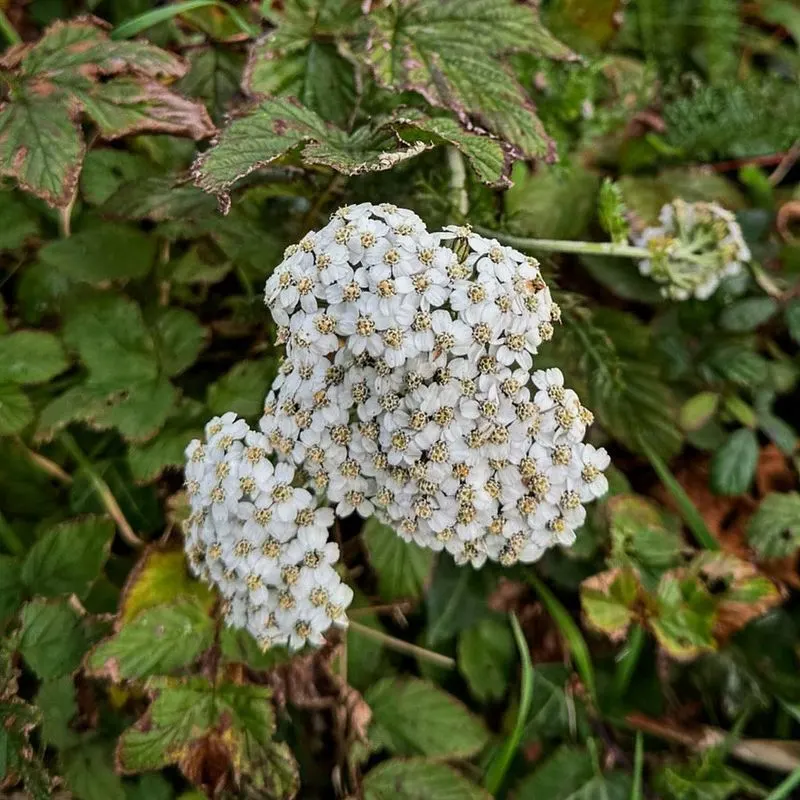
Yarrow is a hardy plant with feathery leaves and tiny blossoms. It’s a beacon of resilience, thriving in poor soil conditions. Once established, yarrow requires minimal watering, making it a perfect fit for sustainable gardens.
Its blossoms add a delicate touch to landscapes, attracting butterflies and other beneficial insects. Yarrow’s medicinal properties are a historical bonus, used in traditional remedies. This plant is a testament to nature’s ability to adapt and flourish with minimal resources.
Sage
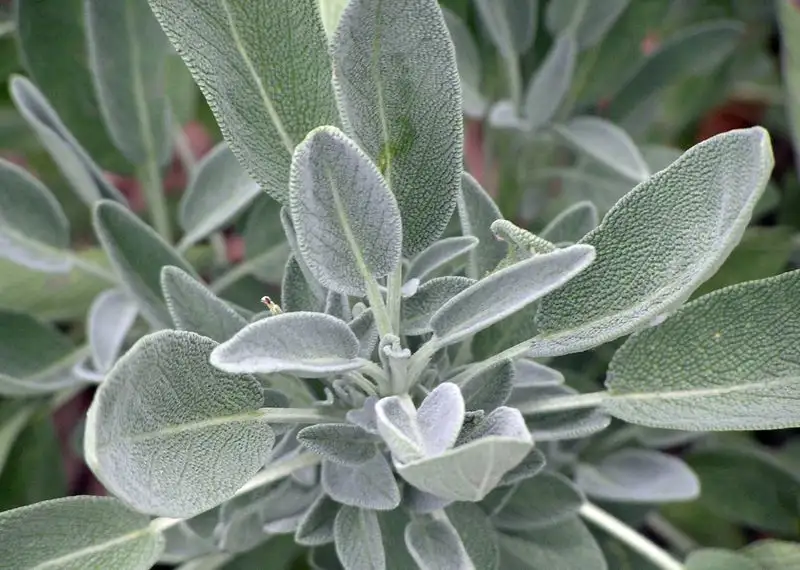
Sage brings both ornamental and culinary value to gardens. Known for its flavorful leaves, it thrives in dry climates. Sage is drought-resistant, needing little water to maintain its lush appearance. It’s a versatile addition to any plant collection.
The soft, gray-green foliage pairs beautifully with more vibrant plants, creating a harmonious balance. Sage’s purple flowers add a pop of color during blooming season. As a hardy perennial, it ensures lasting beauty and utility in water-wise gardens.
Russian Sage
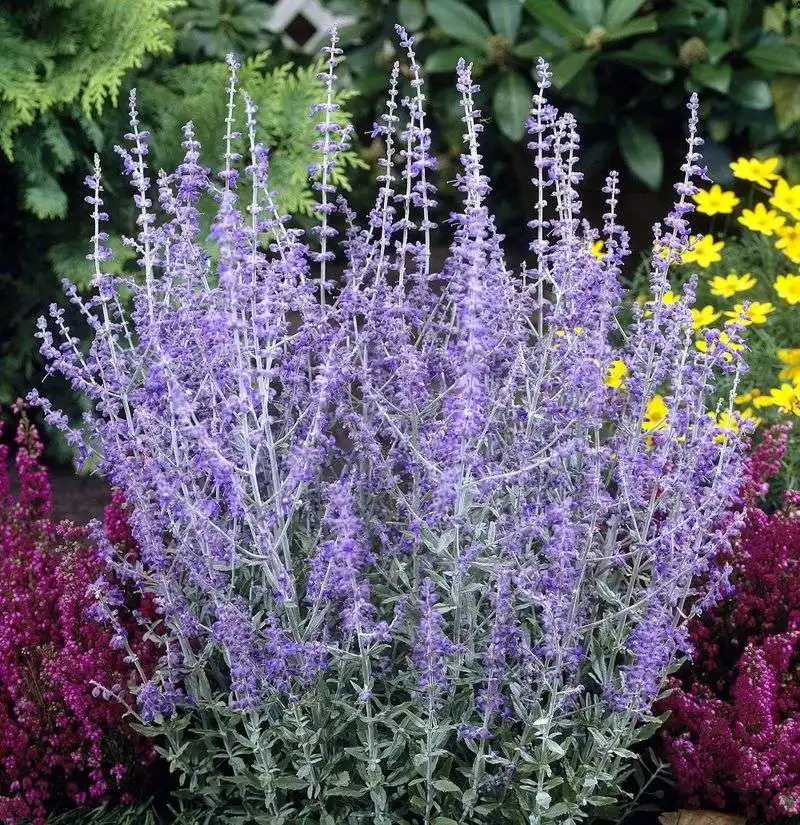
Russian sage is a garden favorite, known for its silvery leaves and lavender-purple flowers. It thrives in hot, dry conditions, requiring minimal water. This plant offers a sense of movement, with its airy spikes dancing in the wind.
Beyond beauty, Russian sage is low-maintenance and deer-resistant. It’s perfect for borders or as a standalone feature. The delicate scent and color palette make it a charming addition to drought-tolerant gardens, offering both elegance and resilience.
Sedum
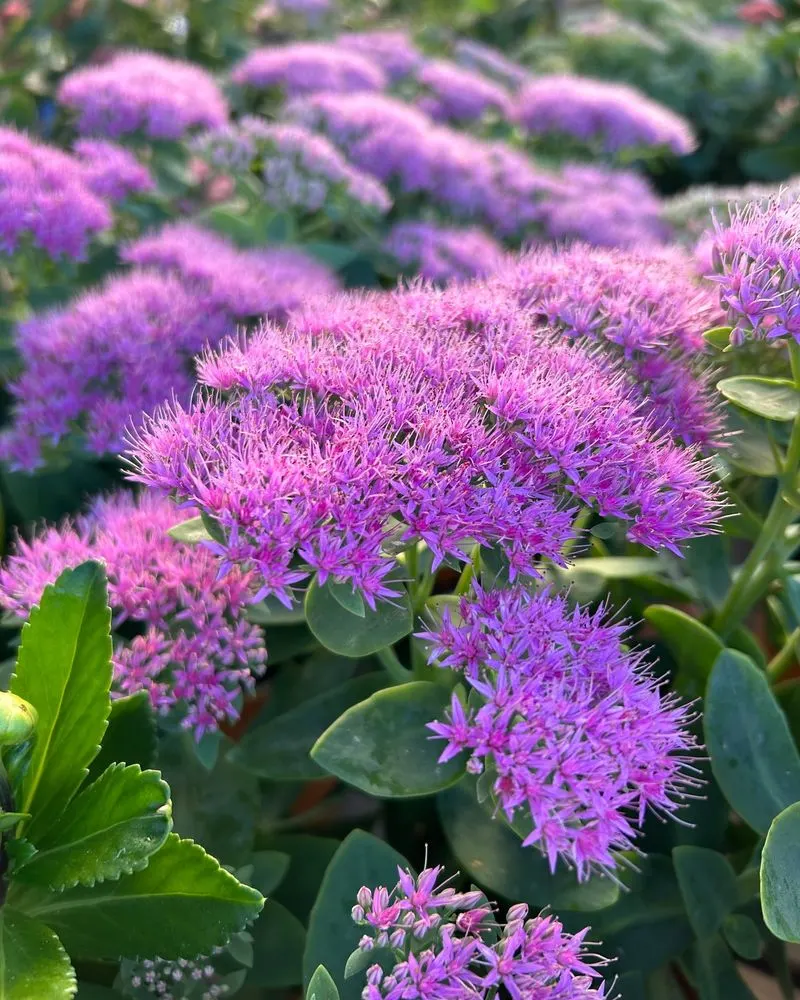
Sedum, with its fleshy leaves and vibrant blooms, is a standout in drought-tolerant gardening. It thrives in rocky, dry conditions, needing little care. Sedum’s versatility allows it to be used in borders, rock gardens, or containers.
This plant’s ability to store water in its leaves ensures survival during dry spells. Sedum’s flowers attract pollinators, adding life to your garden. Its diverse species offer a range of colors and forms, providing endless design possibilities for creative gardeners.
Coneflower
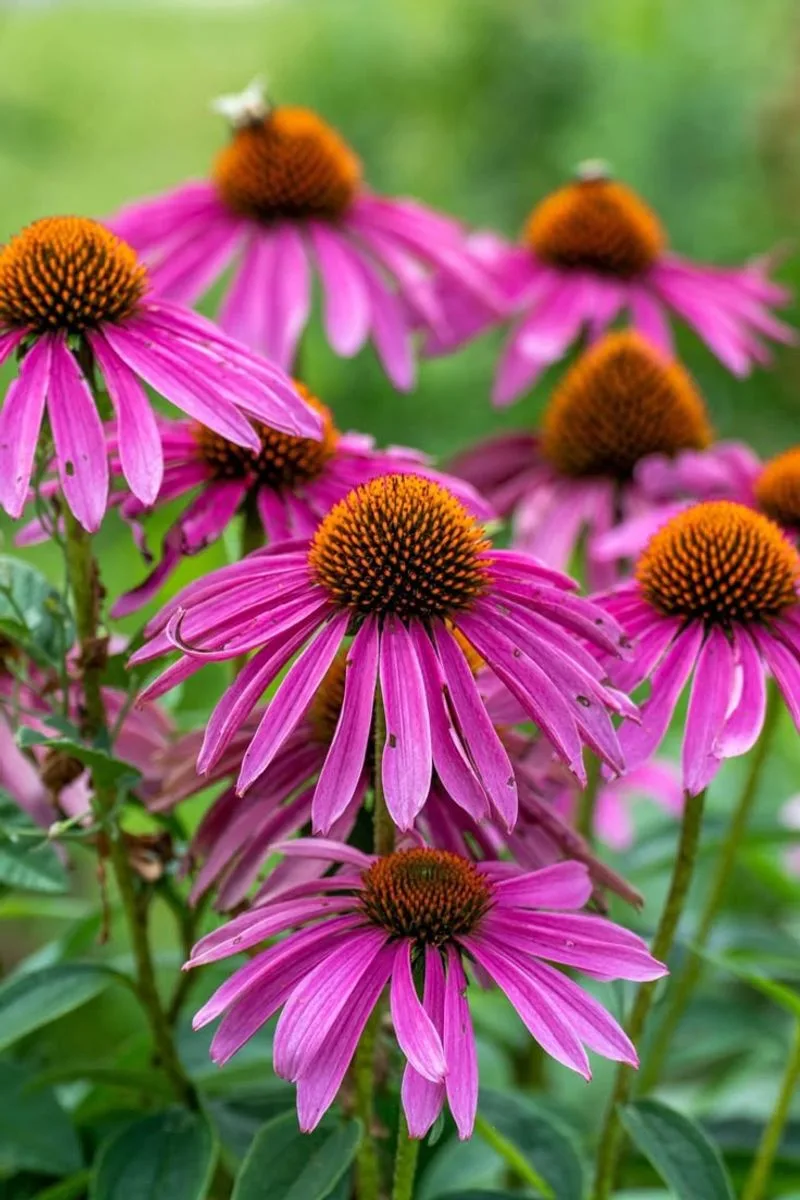
Coneflowers are the epitome of prairie beauty. Their bold, daisy-like blooms capture attention, thriving in sunny, dry areas. Coneflowers are drought-resistant, requiring minimal watering once established. They’re a vibrant choice for sustainable landscapes.
These flowers attract birds and butterflies, enhancing garden biodiversity. The coneflower’s resilience makes it a staple in wildflower gardens. Its striking form and color add a cheerful touch to any setting, proving that sustainability and beauty can coexist.
Catmint
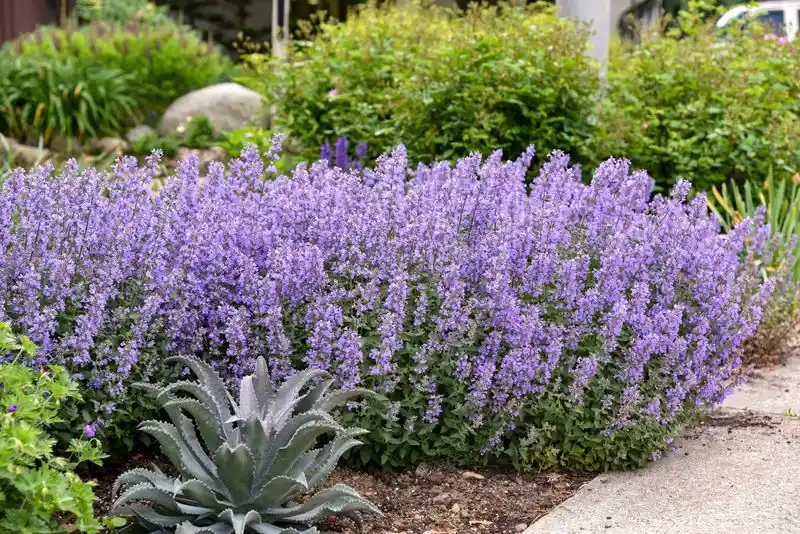
Catmint is a delightful addition to any garden with its aromatic foliage and lavender blooms. It’s a drought-tolerant wonder, thriving in dry conditions with minimal care. Its cascading form adds a soft touch to borders and pathways.
This plant attracts pollinators, supporting garden ecosystems. Catmint’s resilience in poor soil makes it a versatile choice. Its soothing scent and charming appearance make it a favorite among gardeners seeking easy-to-grow, water-wise options.
Daylily
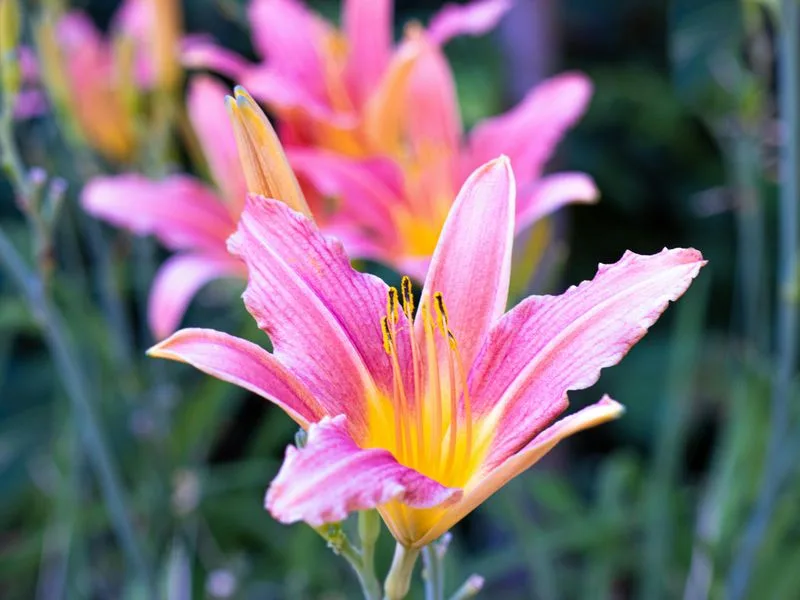
Daylilies bring a burst of color to gardens. Known for their hardiness, they thrive in a variety of conditions, including drought. Once established, daylilies require minimal water, making them ideal for low-maintenance landscapes.
Their blooms come in a range of colors, adding visual interest throughout the growing season. Daylilies’ adaptability and charm make them a staple in sustainable gardening. They’re perfect for creating bold, colorful displays that require little effort.
Echinacea
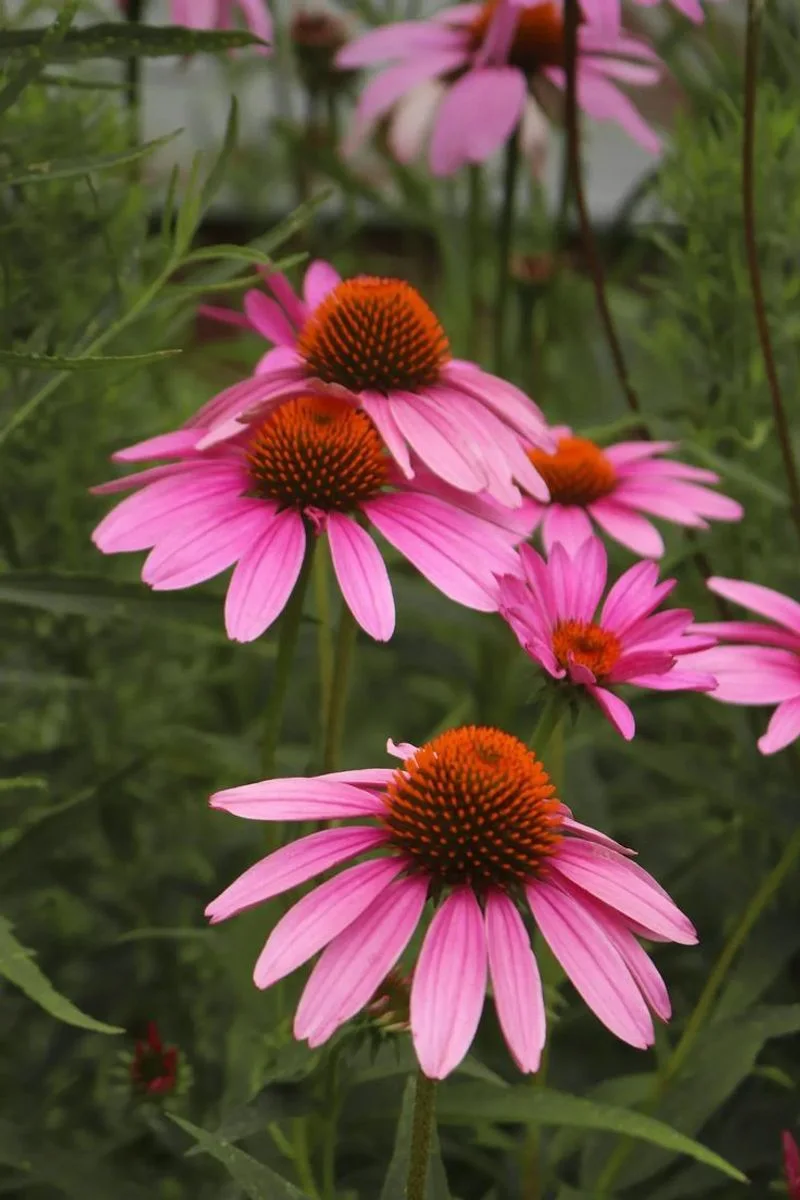
Echinacea, also known as coneflower, is celebrated for its immune-boosting properties and beauty. It thrives in sunny, dry conditions, requiring little water. Echinacea’s striking form adds elegance to any garden.
This plant attracts beneficial insects and birds, fostering a healthy ecosystem. Echinacea’s resilience and vibrant blooms make it a must-have for water-wise gardens. Its medicinal value adds an extra layer of appeal, blending utility with aesthetics.
Gaillardia
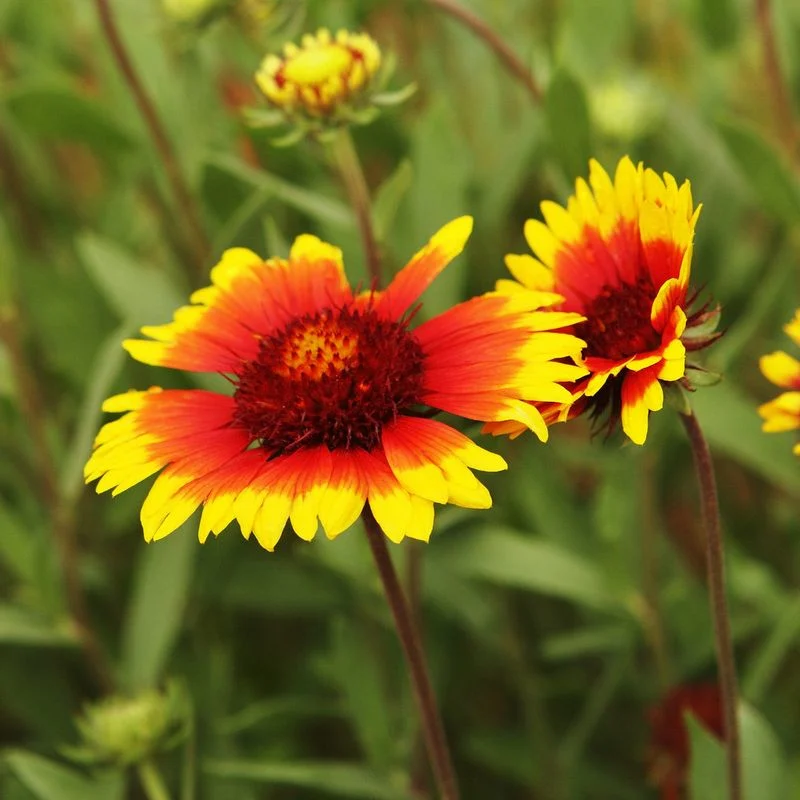
Gaillardia, or blanket flower, is a cheerful addition to any drought-tolerant garden. Known for its vibrant, daisy-like blooms, it thrives in hot, dry conditions. Gaillardia requires little water, making it a sustainable choice.
This plant’s long blooming season adds enduring color to landscapes. Gaillardia attracts pollinators, enhancing biodiversity. Its bright, fiery hues and easy care make it a favorite among gardeners seeking a low-maintenance, high-impact plant.
Lantana
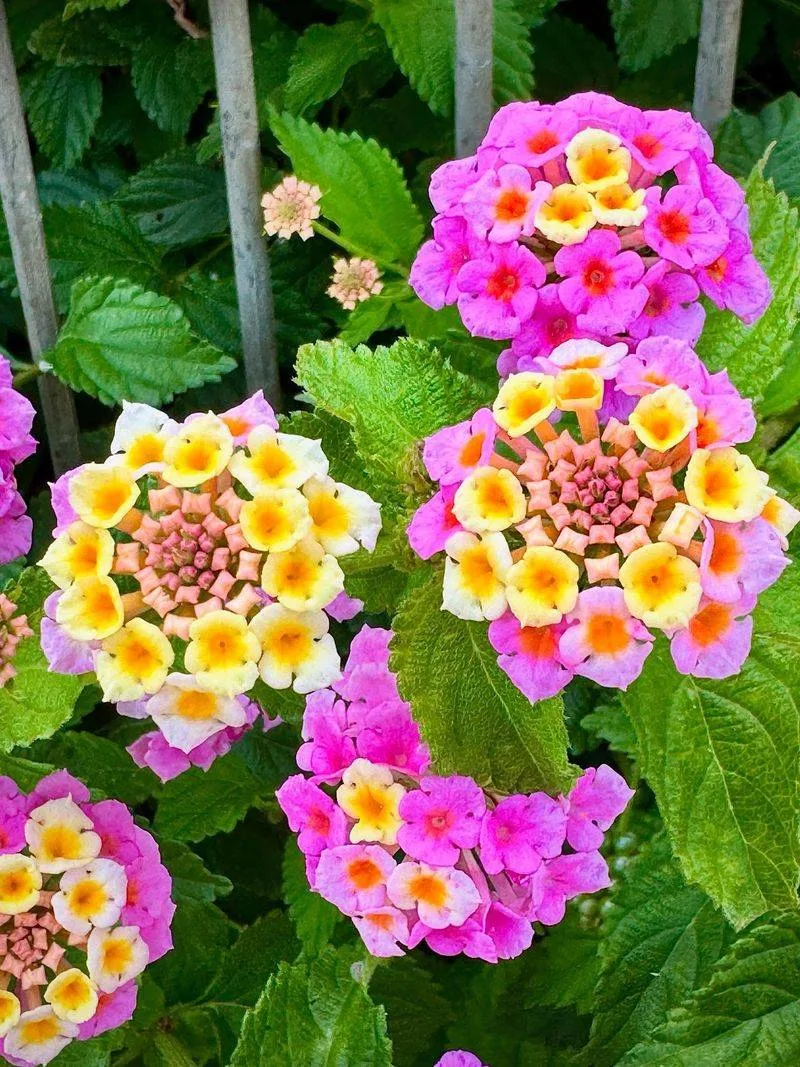
Lantana is known for its vibrant, multicolored flowers and robust nature. It thrives in sun-drenched areas, requiring minimal water once established. Lantana’s drought tolerance makes it ideal for eco-friendly gardening.
This plant is a favorite among pollinators, supporting biodiversity. Lantana’s sprawling habit allows it to fill spaces with ease, providing a colorful ground cover. Its ability to withstand tough conditions while offering stunning visual appeal is unmatched.
Ornamental Grasses
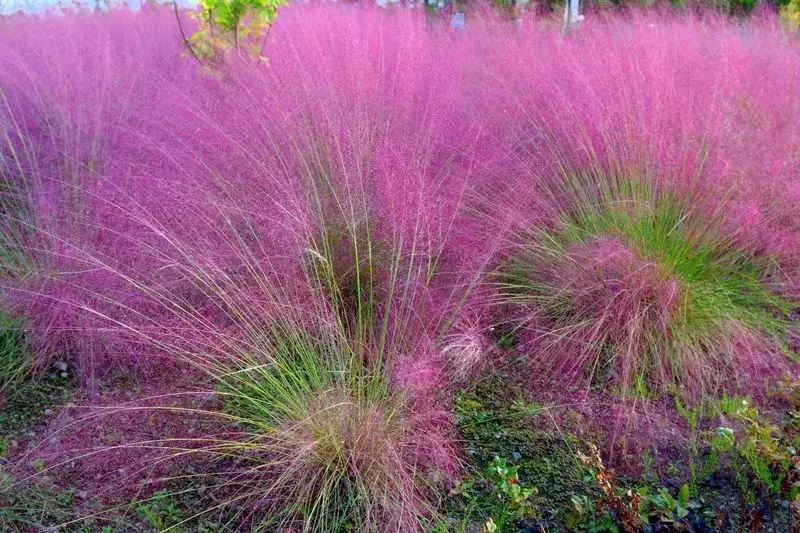
Ornamental grasses are the unsung heroes of drought-tolerant gardening. Their graceful forms and textures add movement and interest to landscapes. These grasses thrive in dry conditions, needing little water to maintain their beauty.
They offer year-round appeal, with changing colors and textures through seasons. Ornamental grasses are versatile, providing structure and contrast in garden design. Their low-maintenance nature and ability to adapt make them a favorite for sustainable landscaping.
Thyme
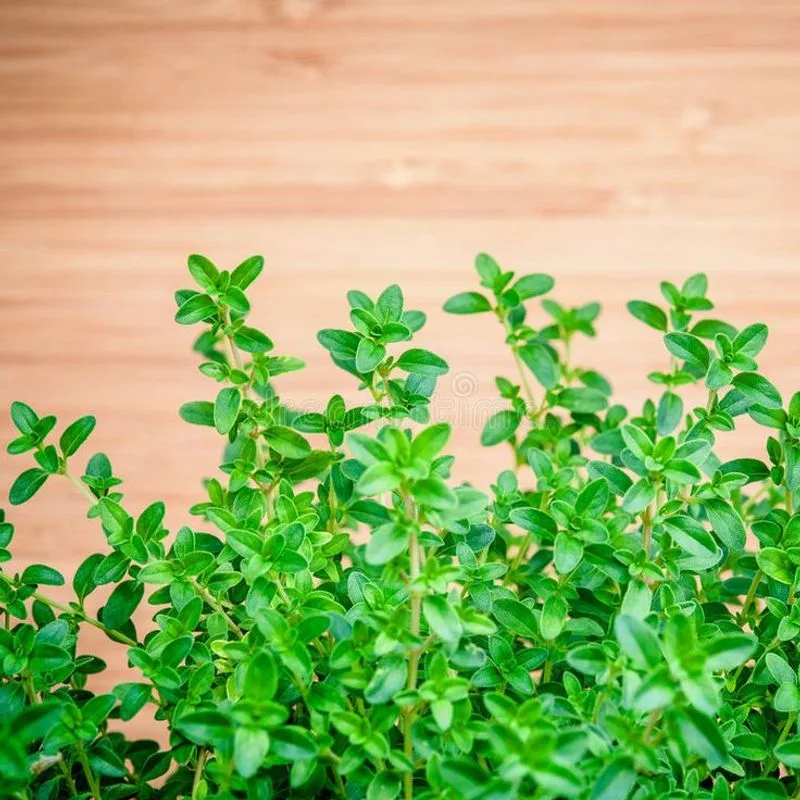
Thyme is a versatile herb, cherished for its culinary and ornamental uses. It thrives in dry, sunny conditions, with minimal water needs. Thyme’s low-growing habit makes it ideal for filling gaps in gardens.
The aromatic foliage and delicate flowers attract pollinators. Thyme’s resilience and charm make it a staple in water-wise gardens. Its ability to withstand drought while providing culinary value adds to its appeal. This herb is a testament to sustainable gardening’s potential.
Texas Red Yucca
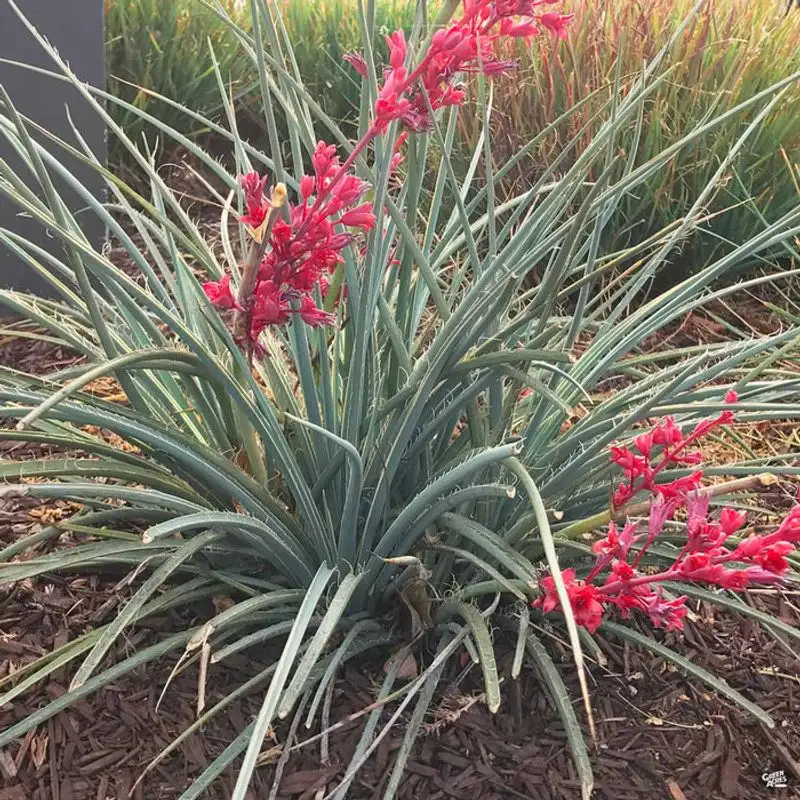
Standing resilient against the sun, the Texas Red Yucca is a marvel of survival. Its striking red blossoms contrast beautifully with its slender, green leaves, making it a standout in any garden. Native to the deserts of Texas, this plant requires little water, thriving where others wither.
The Texas Red Yucca attracts hummingbirds, bringing life to dry landscapes. Its sword-like foliage offers structure and elegance. A minimal maintenance gem, it blooms throughout summer, defying the harshest conditions.
Interestingly, despite its name, it isn’t a true yucca, but belongs to the lily family, showcasing nature’s adaptability.

